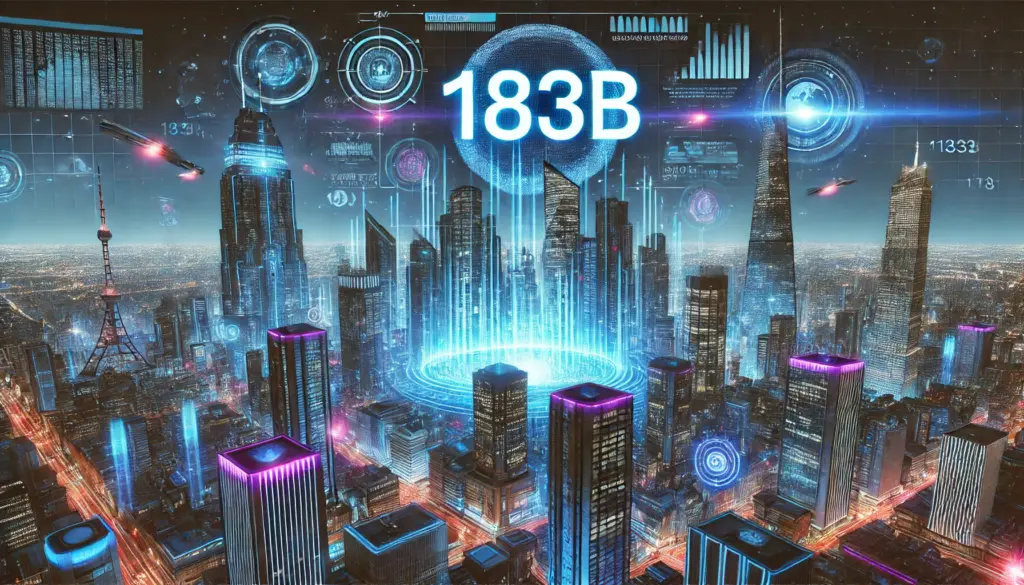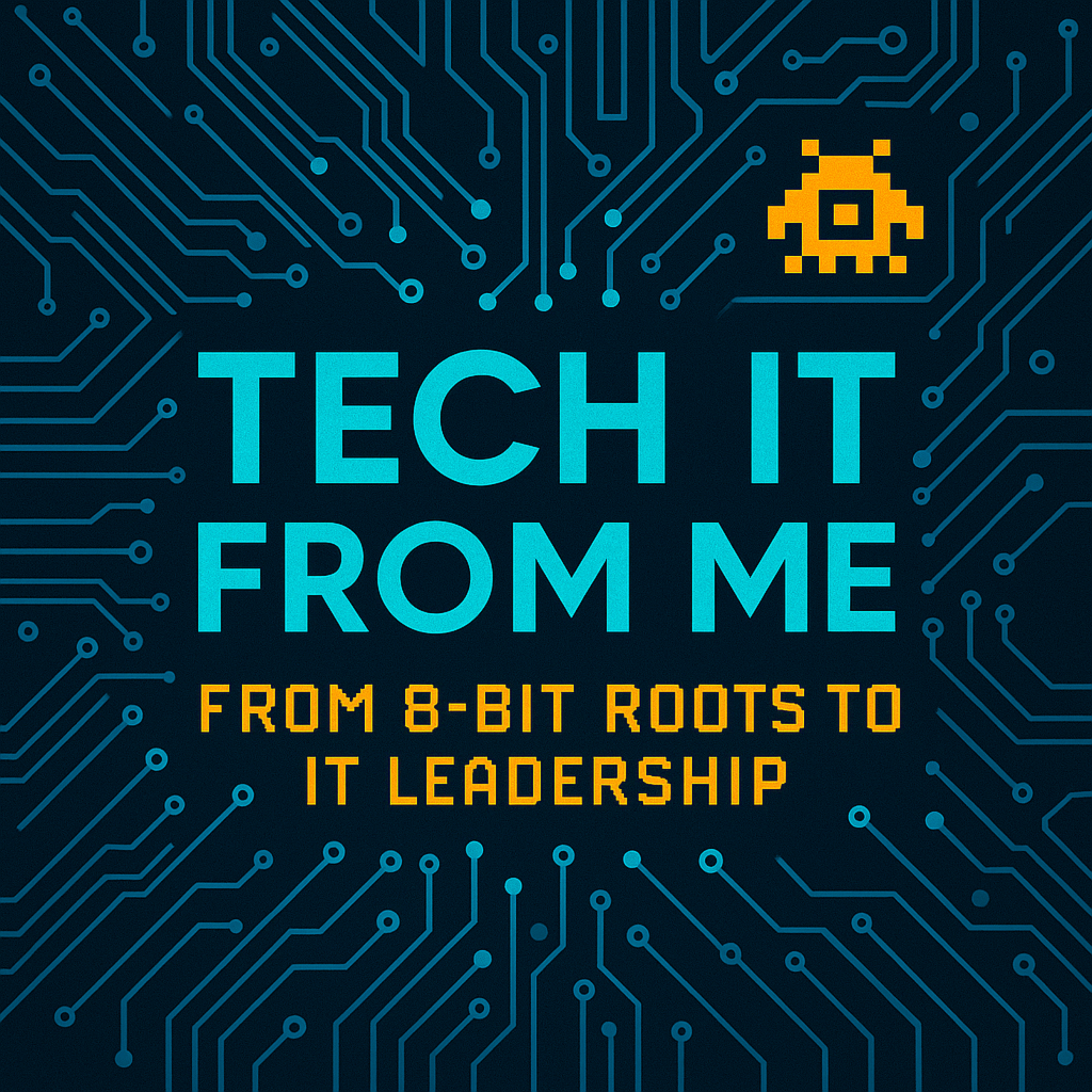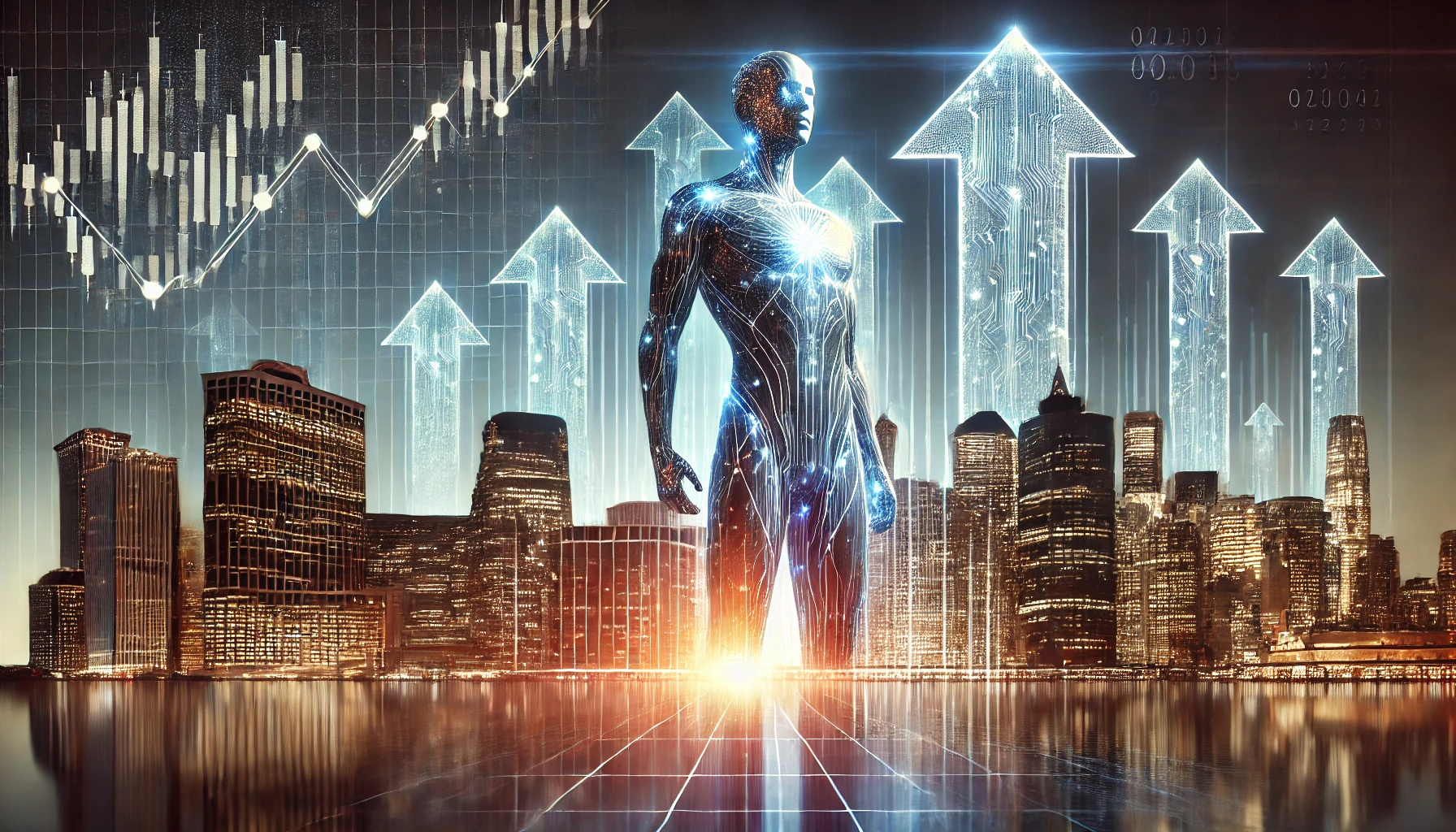When a company founded just three years ago suddenly commands a $183 billion valuation, the tech world takes notice.
That’s precisely what happened with Anthropic, the AI startup behind Claude, which has quickly risen to become one of the most valuable players in the artificial intelligence race.
The announcement isn’t just about money. It’s a signal of where AI is heading, how investors are betting on the future, and why the AI gold rush shows no signs of slowing down.
But it also raises a pressing question: Is this a genuine transformation, or are we watching the early stages of an AI bubble?
In this article, I’ll break down who Anthropic is, why this valuation matters, and what it means for the broader AI ecosystem.
Along the way, I’ll also connect the dots to related shifts in technology, business, and society that I’ve been covering on Tech It From Me.
Table of Contents
Who Is Anthropic?
Anthropic was founded in 2021 by a group of former OpenAI researchers, including siblings Dario and Daniela Amodei.
They left OpenAI over concerns that AI was being commercialized too quickly and without enough focus on safety.
Their mission with Anthropic? To create safer, more reliable AI systems guided by a framework they call “Constitutional AI.”

At its core, Constitutional AI means training models on explicit written principles — a kind of “AI rulebook” — so that the system is less unpredictable and more aligned with human values.
Instead of reacting after something goes wrong, Anthropic bakes safety and transparency directly into the training process.
Their flagship product, Claude, has quickly become a serious competitor to OpenAI’s ChatGPT and Google’s Gemini.
The Claude family has already advanced through several versions, with Claude 3.5 offering one of the most enormous context windows in the market — over 100,000 tokens — allowing it to process massive documents, entire codebases, or extended conversations without losing track.
Claude is designed with enterprise applications in mind: legal research, financial analysis, knowledge management, and other contexts where reliability matters more than novelty.
That focus has helped it gain rapid adoption across industries while also earning attention from everyday consumers through Claude.ai and its subscription service, Claude Pro.
In a crowded field where OpenAI dominates headlines and startups fight for attention, Anthropic’s positioning is precise: AI that’s powerful, but built to be safe, transparent, and enterprise-ready.
Suppose you’re curious about how Claude fits into the larger ecosystem of language models. In that case, I recommend my earlier breakdown on what large language models really are and how they shape our experiences.
The $183 Billion Valuation Explained
So how does a three-year-old startup hit a valuation that rivals century-old corporations? The answer lies in a perfect storm of massive investor backing, enterprise demand, and market psychology.

1. Massive investor backing
Anthropic has raised billions in funding, primarily from Amazon and Google, which each sees the company as a strategic asset in their battle for dominance in the AI and cloud computing wars.
Amazon has committed up to $4 billion to integrate Claude into its AWS offerings, while Google has invested over $2 billion and provides cloud infrastructure for Anthropic’s training workloads.
These aren’t just financial bets — they’re tactical plays to ensure neither Microsoft nor OpenAI monopolize the next generation of AI.
This dual partnership is unusual. It gives Anthropic both financial resources and access to the world’s most advanced cloud infrastructure — but it also means Anthropic’s independence could be tested as these tech giants jockey for influence.
2. Enterprise adoption
While much of the public conversation focuses on ChatGPT, inside the enterprise world, Claude has been gaining traction.
With its larger context windows (over 100,000 tokens), Claude can handle complex use cases such as analyzing long legal documents, combing through financial reports, or managing knowledge bases.
This makes it especially appealing to businesses that need reliability and depth, not just clever conversation.
For CIOs and IT leaders navigating layoffs, outsourcing, and digital transformation, tools like Claude represent a way to do more with less — a theme I’ve covered in how IT departments have evolved from Y2K to AI.
3. Fear of missing out (FOMO)
The current AI market is also being fueled by investor psychology.
With Nvidia’s rise and Microsoft hitting a historic $4 trillion valuation, there’s a widespread belief that AI will mint the next generation of trillion-dollar companies. Investors don’t want to miss out on the “next OpenAI,” and that frenzy drives valuations higher than fundamentals might justify.
In many ways, Anthropic’s $183 billion figure isn’t just a reflection of what it has built today — it’s a reflection of what the market hopes it will become tomorrow.
But unlike Microsoft or Nvidia, Anthropic is not yet profitable.
Its revenues come from subscriptions to Claude Pro and enterprise licensing deals, but they don’t begin to justify a valuation of this scale.
That disconnect is why some analysts are whispering about an AI bubble, drawing comparisons to the dot-com era, where valuations soared far ahead of real-world business models.
Anthropic’s Strategic Position
Anthropic’s staggering valuation makes more sense when you look at its unique position in the AI ecosystem. Unlike most early-stage startups, it isn’t struggling to get noticed — it has the backing of two of the world’s biggest technology companies.
Both Amazon and Google have poured billions into the company, with Amazon pledging up to $4 billion and Google investing more than $2 billion.
These aren’t just financial deals — they’re strategic alliances designed to give each cloud provider a powerful weapon against Microsoft’s partnership with OpenAI.

This unusual dual investment leaves Anthropic in a rare position: financially secure, with access to the world’s most advanced cloud infrastructure, but also under the influence of two giants who may eventually compete for control.
The arrangement highlights how deeply intertwined the AI race has become with the cloud wars, where infrastructure and algorithms are now inseparable.
Beyond its investors, Anthropic differentiates itself through its safety-first philosophy. While rivals like OpenAI and xAI often emphasize speed and scale, Anthropic markets Claude as the “reliable choice.”
Its long context windows — currently over 100,000 tokens, according to Anthropic’s official model card — make it especially attractive to industries like law, finance, and healthcare, where accuracy and consistency are paramount.
For these organizations, Claude isn’t just another chatbot; it’s a business tool designed for high-stakes environments.
This positioning also gives enterprises more choice in an increasingly crowded landscape. Instead of being locked into Microsoft’s ChatGPT ecosystem, businesses can weigh Claude against Google’s Gemini or even open-source alternatives.
For companies worried about regulatory scrutiny or reputational risk, Anthropic’s emphasis on transparency and trust may prove to be its most potent competitive edge.
Taken together, Anthropic’s cloud partnerships, its enterprise-focused product strategy, and its mission-driven brand have positioned it as one of the most credible challengers in the AI arms race.
Whether it can maintain that independence and momentum as the industry consolidates is another question entirely.
The Implications for the AI Race
Anthropic’s rise doesn’t happen in a vacuum. Its sudden growth to a $183 billion valuation changes the dynamics of the AI race in several important ways — from talent pipelines to enterprise adoption to the looming shadow of regulation.
One of the clearest impacts is on the talent competition.
AI researchers are among the most sought-after professionals in the world, with salaries rivalling those of professional athletes or Wall Street bankers. By building a strong cultural identity around “safe AI,” Anthropic has managed to lure away some of the brightest minds from rival firms like OpenAI and Google DeepMind.
For technology professionals watching from the sidelines, it’s a reminder of how valuable expertise in this space has become. It also underscores the importance of keeping skills sharp, whether through career certifications or by building resilience to survive industry layoffs.
Another major shift is happening at the enterprise level. Until recently, many organizations assumed their only real option for generative AI was Microsoft’s ChatGPT, which dominates both headlines and boardroom discussions.
But with Anthropic’s Claude models now widely available, companies have a credible alternative. For small businesses in particular, the opportunity lies in learning how to apply these tools pragmatically — not chasing hype, but finding efficiencies.
I explored this idea further in my guide on how small businesses can use AI to save money. Claude’s combination of long context windows and enterprise-ready design makes it an appealing option for organizations that want reliability without being tied to Microsoft’s ecosystem.
Finally, Anthropic’s rise has intensified the regulatory spotlight. The larger valuations climb, the more pressure governments feel to step in and ensure AI systems are being deployed safely.
Policymakers are already experimenting with measures like AI watermarking to track machine-generated content, while law enforcement agencies warn of the risks of AI-generated scams.
Anthropic’s branding as a “safety-first” company positions it well in these conversations, but whether that narrative holds depends on how effectively its approach to Constitutional AI can stand up to real-world scrutiny.
In short, Anthropic isn’t just another startup riding the AI wave. Its rise is forcing changes across three critical fronts — talent, enterprise adoption, and regulation — that will shape the future of artificial intelligence far beyond this single company.
What Could Go Wrong
Despite the excitement surrounding Anthropic’s meteoric rise, serious risks remain that investors, enterprises, and end-users can’t ignore. A $183 billion valuation may look impressive on paper, but it doesn’t guarantee long-term success.
The first and most obvious concern is the possibility of an AI bubble. Anthropic’s valuation may be more a reflection of market hype than business fundamentals.
This dynamic feels eerily similar to the dot-com era, when unproven companies commanded sky-high valuations before crashing back to earth. History shows that when money floods into a hot sector too quickly, corrections can be brutal.
There’s also the question of dependency on partners.

Anthropic owes much of its current strength to massive investments from Amazon and Google. While this backing gives it access to billions in funding and world-class cloud infrastructure, it also places limits on independence.
If either company changes its strategic priorities — or decides to exert more control — Anthropic could find itself constrained or even absorbed. For a startup that prides itself on a unique “safety-first” culture, this kind of dependency could be destabilizing.
Another challenge is consumer awareness.
While ChatGPT has become a household name almost overnight, Claude remains far less known outside of enterprise and tech circles. That’s a marketing problem as much as it is a product one.
In a competitive market, brand recognition matters. Without it, even the most capable AI risks being overshadowed.
Finally, there’s competitive pressure. The pace of development in AI is relentless, and rivals aren’t standing still.
With OpenAI’s GPT-5 live and Elon Musk’s xAI aggressively positioning itself as a challenger, Anthropic won’t have the luxury of moving slowly. Keeping up with innovation cycles while staying true to its safety-first philosophy will be a difficult balance to strike.
These risks also tie into a broader industry problem: the unsustainable cost of scaling AI models.
Training state-of-the-art systems requires enormous computing power, and the financial burden is becoming a race in itself. I explored this in more depth in my piece on the real cost of AI’s compute arms race, where I outlined how the economics of AI may eventually become as much a limiting factor as the technology itself.
Anthropic may be one of the strongest players in today’s AI race, but its path forward is anything but risk-free.
Conclusion: A Milestone and a Warning
Anthropic’s $183 billion valuation is both a milestone and a cautionary tale.
On one hand, it demonstrates just how quickly the AI race is escalating, with capital flowing at a scale rarely seen outside of the largest tech companies. Investors are betting that a handful of players — Anthropic among them — will define the next technological era.
On the other hand, the speed and size of this valuation raise fundamental questions about sustainability, independence, and whether the AI sector is already showing signs of bubble-like behaviour.
For enterprises, Anthropic offers something rare in the current market: a safer, enterprise-friendly alternative to ChatGPT.
Its focus on transparency, long context windows, and reliability resonates with industries where mistakes carry enormous consequences.
For investors, the company is a bet on the future of AI infrastructure, and by extension, the cloud providers that support it. And for the rest of us, Anthropic is a reminder that technology revolutions aren’t just about algorithms — they’re about money, power, and the values we embed into the systems we build.
If you thought Nvidia’s meteoric rise was fast, keep your eye on Anthropic. Its valuation may prove to be the opening act of an even bigger drama — one that will test not just the limits of technology, but the resilience of the markets, the responsibility of regulators, and the trust of the public.
Frequently Asked Questions (FAQ)
(Images generated with the help of DALL-E.)

